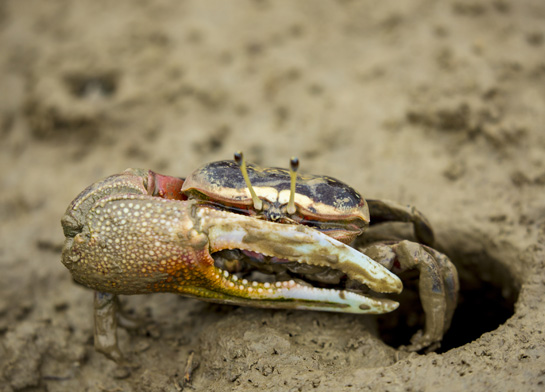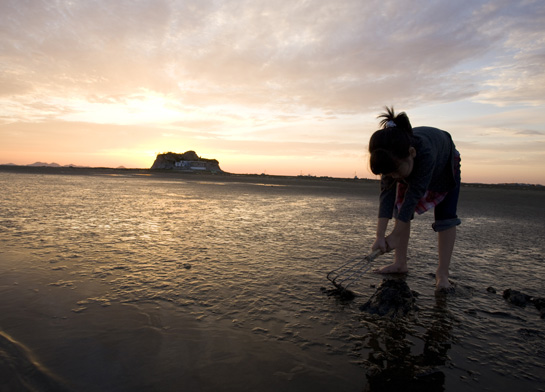- WEBhttp://www.suncheonbay.go.kr/
- TELJeollanamdo Tourism Information Center +82-61-286-4052 / +82-61-285-9045
Theme Tour

- Tidelands, the source of lifee
- Generally, mudflats are flat coastal wetlands that form when fine particles of sand or mud are deposited by tides in a placid coast for a long time.
Mud flats of Jeonnam
There are many good tidelands, because Jeollanamdo has long rias coast from the Yellow Sea to the south sea. The representative tidelands for good mud flat experiencing places are Suncheon bay where is registered in Ramsar Convention, a mud flat in Shinan where is famous for sea salt, a mud flat in Muan where is famous for small octopuses and Deukryang bay where is a repository of tideland’s living creatures.
Mud flat experiencing event
Mud flat experiencing event is an experiencing event that uses the natural mud flats which spread in the seas, observes various living creatures and collects it. While seeing the clean ocean that spread widely under the blue sky, the happiness of collecting living creatures in mud flats such as lungworms, crabs and shell gathering of cockles and manila clams and being together with children can give different happiness to tourists of family units.

